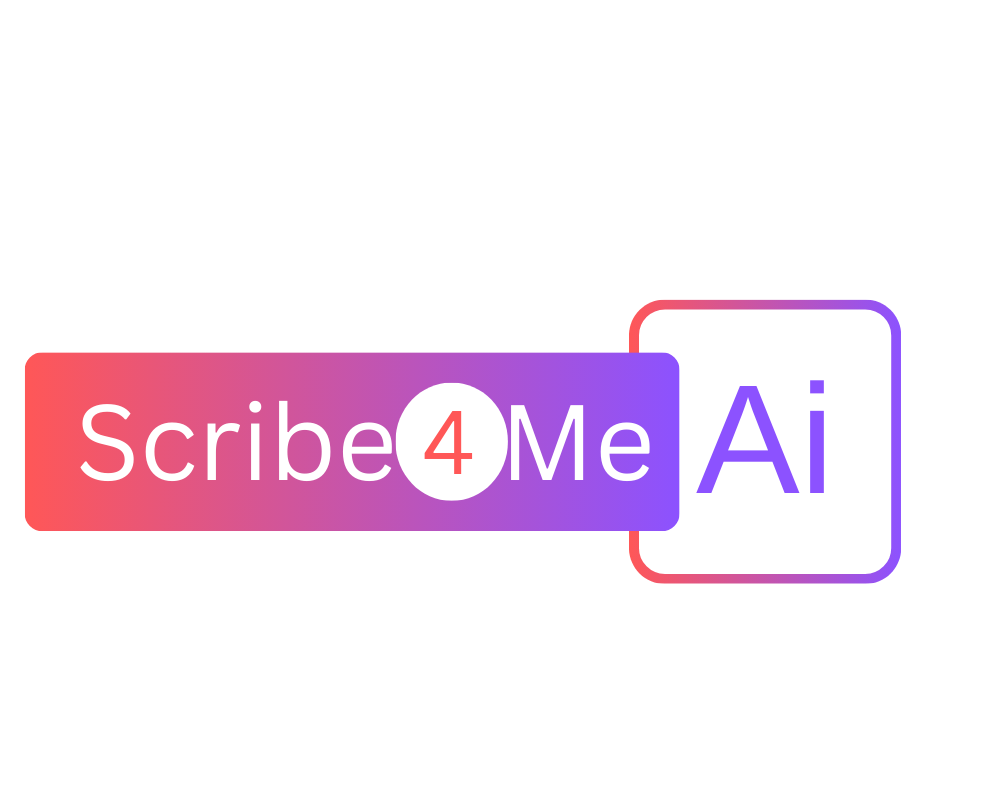

How AI In Clinical Documentation Reduces Burnout And Improves Patient Care
Clinical documentation has become an increasingly burdensome task for physicians, especially with the widespread use of EHRs. While EHRs were designed to improve patient care and enhance workflow, they instead cause high levels of burnout, decreased job satisfaction, and reduced quality of patient interactions. The rise of AI scribes offers a potential solution to reduce this burden, making clinical workflows more efficient and improving both physician and patient experiences. In this blog post, we’ll explore how AI in clinical documentation helps reduce burnout and improve both physician efficiency and patient care.
The Problem With EHRs And Physician Burnout
Physicians are spending an increasing amount of their time on documentation, often at the cost of direct patient care. In fact, studies show that primary care physicians spend up to 50% of their workday managing EHRs, with a significant chunk of that time dedicated to documentation. This not only disrupts physician-patient interactions but also increases cognitive load and leads to high levels of stress and burnout. Moreover, the phenomenon known as "note bloat," has become a common problem in the US. Physicians spend more time typing detailed notes than their counterparts in other countries, making EHRs a source of frustration rather than efficiency.
AI Scribes Transform Clinical Documentation
AI scribes have already begun to make a tangible difference in clinical documentation. Traditional documentation methods, which relied on manual note-taking, have now been replaced by AI-driven tools designed to save time and improve accuracy. They use natural language processing to accurately transcribe physician notes directly into EHRs, streamlining the documentation process and giving physicians more time to focus on patient care. This tool not only enhances workflow efficiency but also alleviates physician burnout, making clinical practice more fulfilling.
Benefits of AI In Clinical Documentation
Reduced Physician Burden - AI scribes that automate the note taking process can dramatically reduce the time spent on documentation. This reduction in administrative workload allows physicians to allocate more time to patient care.
Combating Burnout - By automating time-consuming tasks, AI scribes help reduce physician burnout, a major concern in healthcare today. When physicians spend less time on documentation, they experience less stress and greater job satisfaction.
Better Patient Care - With less time spent on documentation, physicians can focus on patient care, make better decisions, and plan treatments more effectively. This, in turn, paves the way for improved health outcomes.
Streamlined Workflow - AI scribes automate documentation, reducing the administrative burden on physicians. This results in a smoother workflow, allowing physicians to focus on high-priority tasks and improving practice efficiency.
Enhanced Accuracy - AI scribes ensure consistently accurate documentation. They reduce the risk of human error, improving the quality of patient records. This leads to more reliable information that aids in better decision-making.
Addressing Challenges And Concerns
AI in clinical documentation holds great promise, yet challenges persist. Some of the concerns include
Errors in interpretation - AI scribes even with high accuracy rates, can make mistakes, especially when interpreting complex medical data. Physicians should review the AI-generated notes to ensure accuracy.
Overreliance on AI - There is also a risk that physicians may become overly dependent on AI-generated notes, which could lead to a decrease in their critical thinking skills.
Data Privacy - With the large amounts of sensitive patient data used by AI, data privacy is a big concern. It's important for AI scribes to adhere to strict security protocols to keep patient information safe.
Bias in AI - If AI scribes are trained on biased data sets it can lead to inaccurate documentation. This can erode patient trust and create legal and ethical issues.
To mitigate these challenges, it is important to thoroughly test and validate AI scribing tools in real-world clinical settings. Moreover, an AI scribe should augment physician judgment, by improving efficiency and supporting decision-making, rather than replacing it.
What Does The Future Of AI In Clinical Documentation Look Like?
Looking ahead, AI scribes have the potential to greatly streamline documentation. With the ability to understand complex medical terminology and clinical narratives, they will generate highly accurate pre-populated notes and offer real-time clinical decision support. The future of AI scribes also lies in their capacity for personalization, adapting to the unique preferences and workflows of individual physicians. By providing customized chart templates and reducing manual physician input, AI scribes will enhance both efficiency and accuracy in clinical documentation
Concluding Thoughts
AI has the power to transform clinical documentation by automating tedious tasks and making workflows more efficient. By thoughtfully and ethically integrating AI scribes into healthcare practices, physicians can reduce burnout while enhancing patient care quality. If you are looking to reduce clinical documentation burden and improve patient care, you have come to the right place. Our advanced AI scribe captures and transcribes patient conversations into accurate, customized notes, allowing you to prioritize what truly matters. Choose Scribe4Me AI today! It’s time to reduce burnout and improve the quality of care!


